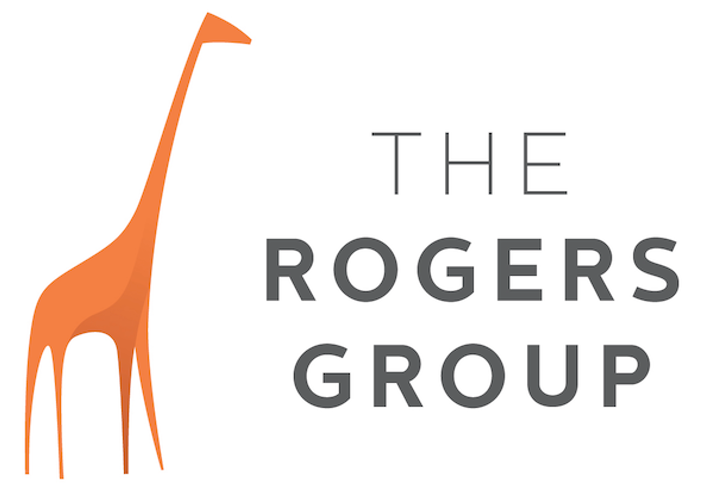In recent years, influencer marketing has become an increasingly popular and effective way for brands to reach their target audience. Influencers, who have amassed a large following on social media platforms such as Instagram, YouTube, and TikTok, collaborate with brands to promote their products and services to their audience. This form of marketing has become a powerful tool for businesses to increase brand awareness, engagement, and sales.
Influencer marketing involves partnering with social media influencers to create sponsored content that promotes a brand’s products or services. These influencers have a loyal following and are seen as trustworthy and relatable by their audience. By collaborating with influencers, brands can tap into their audience’s trust and loyalty, which can translate into increased sales and brand awareness.
The key to successful influencer marketing is finding the right influencer for your brand. This involves identifying an influencer whose audience aligns with your target demographic and whose values align with your brand’s messaging. Brands should also look for influencers who have a high engagement rate and a loyal following, as this indicates that their audience is genuinely interested in their content.
Once a brand has identified the right influencer, the next step is to develop a partnership agreement that outlines the terms of the collaboration. This agreement should include details such as the type of content that will be created, the timeline for delivery, and the compensation for the influencer. It’s essential to be transparent about the partnership and ensure that the sponsored content is clearly labeled as such.
One of the advantages of influencer marketing is that it can be more cost-effective than traditional advertising. This is because influencers can create high-quality content that resonates with their audience, often at a lower cost than producing an ad campaign. Additionally, influencer marketing can be more targeted, as brands can work with influencers whose audience aligns with their target demographic.
Influencer marketing has also become more sophisticated in recent years, with brands using data and analytics to track the success of their campaigns. This includes measuring engagement rates, conversion rates, and return on investment (ROI) to determine the effectiveness of the campaign. By analysing this data, brands can refine their influencer marketing strategy and ensure that their campaigns are delivering the desired results.
However, influencer marketing is not without its challenges. One of the biggest concerns is the issue of transparency, as some influencers have been accused of promoting products without disclosing that they are sponsored. Brands must ensure that their partnerships with influencers are transparent and comply with advertising regulations to avoid any negative impact on their brand’s reputation.
Another challenge is the issue of authenticity, as some influencers have been criticised for promoting products that they do not genuinely believe in or use. Brands must work with influencers who align with their values and messaging to ensure that their partnership is authentic and resonates with their audience.
Influencer marketing has become an industry in its own right, with companies and agencies dedicated solely to managing influencer partnerships. This has made it easier for brands to find and collaborate with influencers, as these companies and agencies have established relationships with a network of influencers.
However, with the rise of influencer marketing, there has also been a rise in influencer fraud. Some influencers have been accused of buying fake followers and engagement to appear more influential than they actually are. This has led to a growing concern about the accuracy of influencer metrics and the effectiveness of influencer marketing.
To combat this issue, brands and agencies are increasingly turning to data and analytics to verify the authenticity of an influencer’s following and engagement. This involves analysing an influencer’s engagement rate, follower growth, and audience demographics to ensure that their audience is genuine and engaged.
Another trend in influencer marketing is the rise of micro-influencers. These are influencers with a smaller following, typically between 1,000 and 100,000 followers. While they may not have the same reach as macro-influencers, micro-influencers often have a highly engaged and loyal audience. This makes them an attractive option for brands looking to target a specific niche or demographic.
In addition to social media influencers, brands are also partnering with content creators on platforms such as YouTube and Twitch. These creators, who produce video content for their audience, have also amassed a large following and can be an effective way for brands to reach their target audience.
Overall, influencer marketing has become an essential part of any modern marketing strategy. With the right influencer and a transparent and authentic partnership, brands can tap into the trust and loyalty of an influencer’s audience and achieve their marketing objectives. While influencer marketing is not without its challenges, the industry is evolving to address these issues and ensure that influencer partnerships are effective and genuine.
By Manesh Ram, Digital Marketing Specialist. Please follow @maneshram & Meta





